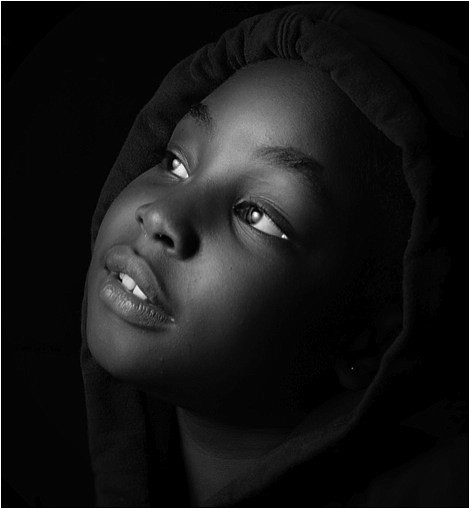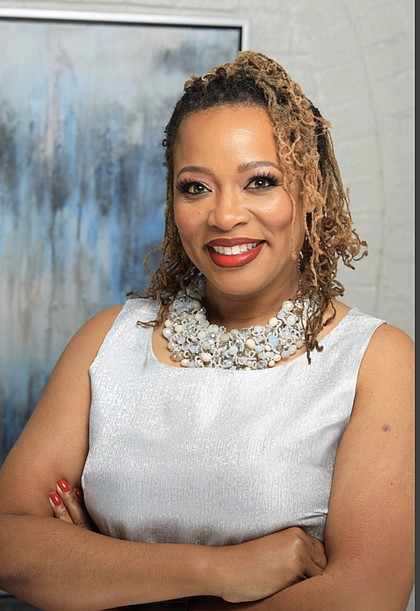Teaching “Those Kids”
3 Easy Signs to Identify “Those Kids” in a Deficit Mindset Culture
Dr. Kimberly McLeod | 1/10/2020, 10:22 a.m.
Who are “those kids”? They are the love interest of a deficit mindset culture. They are the kids that never seem to “fit in”. They are group of kids that schools get frustrated with the most in every kind of imaginable way and the data reflects that frustration. When you see a child and you are only able to see the negative attributes about them, or you are unable to see them beyond typical stereotypes or biases. You or someone you know is teaching or leading with a deficit mindset. “Those kids” are the single most targeted group of students in a deficit mindset culture. So, who are “those kids” and who are the teachers and principals leading them?
3 Easy Signs to Identify “Those Kids” in a Deficit Mindset Culture.
1. Sign Number 1: Walk through your in-school suspension room (ISS), and review your out of school suspension data. I guarantee you that you will see patterns and trends. When you walk through your ISS room on different days, different months and different times and see the same demographics. You’ve just found “those kids”. Now that you know who they are build a culture that includes them and not excludes them.
2. Sign Number 2: Walk through your special education classrooms, especially classrooms that are for children that have a label of emotionally disturbed (ED). What do you see? You don’t have to tell me, I already know. If your school reflects current research, you saw more African-American boys than any other demographic subset. African-American boys are a particular favorite of a deficit mindset culture. Knowledge is power, now that you have the knowledge, liberate them. There is a national epidemic of the over-identification of African-American boys as emotionally disturbed. Guess what, not all of them are ED, they just need a better school cultural fit. So build it. You’re the teacher/leader right?
3. Sign Number 3: Now that you are beginning to understand and recognize who “Those kids” are, take a stroll through your advanced placement and gifted and talented classrooms. What do you see? Spoiler alert, according to research you are probably seeing, “our kids”. “Our kids” are the protected, celebrated and most successful students on a campus, they fit in. “Our kids” are the accepted and valued group of kids and people talk about them with joy and pride. “Those kids” are probably absent from gifted and talented and advanced placement rooms or are present in low numbers. You can create a culture in which, “those kids” become “our kids”, if you choose to.
“Those kids” are the detached ones that are separated from the “our kids” language. They are the outliers of traditional, mainstream America. “Those kids” are the kids that schools are having the most difficulty reaching and are significantly impacting accountability scores. They are stereotyped as coming from a culture that traditional systems don’t understand. We can reach them. You can teach them. Find them and make them “your” kid and not “that” kid.
Dr. Kimberly McLeod is a 25-year education professional and an expert consultant in the field of cultural responsiveness. To get more solutions on reaching and teaching “those kids” with “that (deficit) mindset” visit www.CreativeEnergy.co. Connect with Dr. McLeod on Twitter @mcleodkr, FB/drkmcleod, Linkedin/KimberlyMcLeod or email DrKMcLeod@gmail.com.






